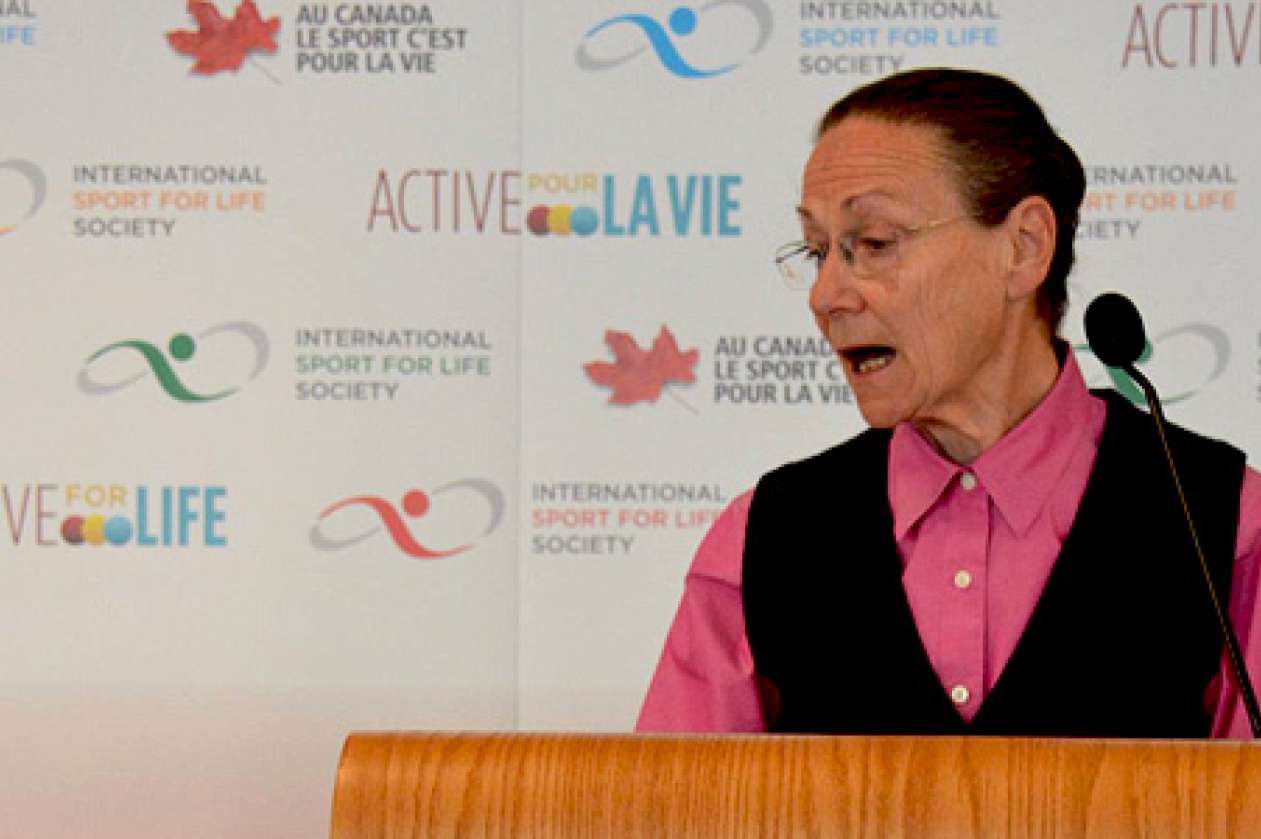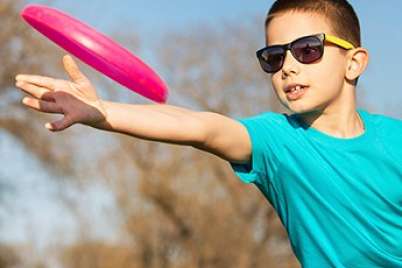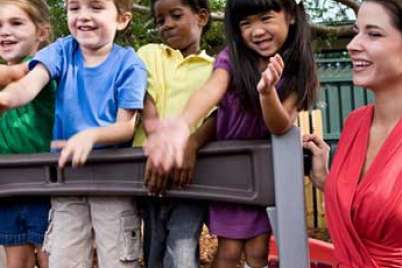
Margaret Whitehead on physical literacy, the term she invented
As the woman who sparked an entire movement by coining the phrase “physical literacy”, educator Margaret Whitehead combines a fiery passion with a dynamic philosophical outlook.
I’m speaking with her in Banff where she’s presenting at the International Physical Literacy Conference. Epic mountains were in the background as she talked about her inspirational work to provide physical literacy for every child on the planet.
Whitehead starts the conversation by saying that each of our children is on an incredibly unique and wondrous physical journey made up of a myriad of experiences.
British born and educated, Whitehead’s background in philosophy leads us to a discussion about how the mind and body and inextricably linked.
Consider babies. They move and think and stare and startle and cry and wave their hands and feet all at the same time. Babies are, to Whitehead, completely “embodied.”
She says we shouldn’t be trying to make star athletes. Rather, we should mark the progress of our children’s physical journeys. That way all children have the chance to lead a fully-embodied life no matter their abilities or physique, whether they like to be outside, or like sports. The intellectual, social, and physical development of children are intertwined.
It’s only as our kids get older that we tend to separate their intellectual and physical development; we think of them as two different things.
And that leads to the tendency to teach sports to kids in a way that “focuses on the body as an instrument or a machine” and gets away from the whole-body engagement that babies tend to experience naturally.
Importantly, children’s confidence develops through the interconnectedness of the mind and the body.
As Whitehead says emphatically, we all want our kids to leave a physical activity or a practice or a class feeling that “I can do it.” It seems simple, but how do we make that happen?
Whitehead encourages movement categories like adventure, expression, and interaction to bring in all sides of our kids’ experience as a way to enact the concept of physical literacy.
So, an action like kicking a ball into a net becomes an act of artistry and physicality, and the joy of that movement can be fully expressed and felt by our kids. That way, says Whitehead, they’ll want to come back every time.
Providing a range of physical experiences for our children, Whitehead suggests, actually helps kids understand the world better.
Whitehead has a plan to take the idea of physical literacy further afield through a program called “Physical Literacy Across the World”. This program advocates for a culturally-sensitive approach to physical literacy that respects differences in movement practices among different people and cultures in different parts of the world.
As evening falls, she ends our chat on an inspirational note: “I believe passionately that everybody can benefit from making progress on their physical literacy journey.”
And it’s never too late to start.





